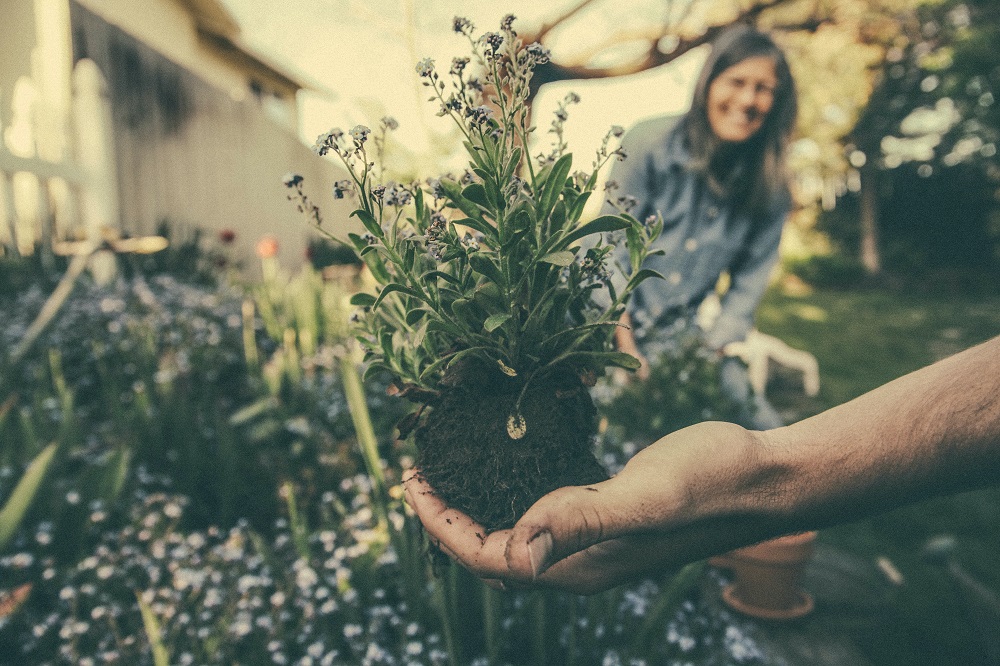Weeds are notorious for stealing water and nutrients from your good plants. As a result, stop them from having good growth. If you fail to control the weed early, the weeds can spread and overrun the whole garden.
In this article, you will learn how to get rid of weeds in flower beds without damaging your flower beds. The best way to ensure weeds do not destroy your garden of flower beds is to get rid of weeds once you notice them. Try not to wait until the weeds grow large before you remove them.
5 Ways to Get Rid of Weeds in Flower Beds
Old-fashioned method to get rid of weeds in flower beds
Weeding flower beds the old-fashioned way is not a bad idea, you could get some exercise from it. The old-fashioned way is the manual method of weed removal. That is bending, sometimes kneeling to pull out weeds with your gloved hands.
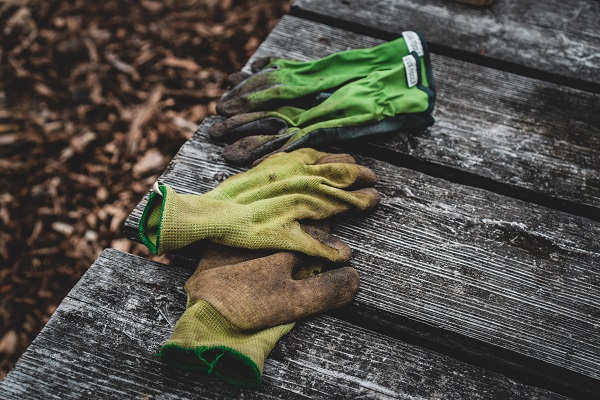
This manual method is enjoyable when the weeds are still young. It will take a little effort to get rid of them with your hands. However, you will need to try another method if you neglect the weeds at the early stage.
Use a long-handled weeding tool to get rid of weeds in flower beds
Long-handled weeding tools are efficient for removing weeds in a flower beds garden. You can use them to remove large weeds quickly with less effort.
However, ensure you buy a long-handled weeding tool exact for the weed. There are different types of weeding tools for varying purposes. For instance, the stand-up weeder is more apt to get rid of weeds with taproot such as dandelions or poison ivy. You can likewise use them to remove crabgrass and thistles.
However, you may not achieve success using these kinds of weeding tools for plants with fibrous roots. If you are dealing with younger weeds, use a winged weeder. And if you are dealing with shallow-rooted weeds, you will have better success with a push hoe than a stand-up weeder.
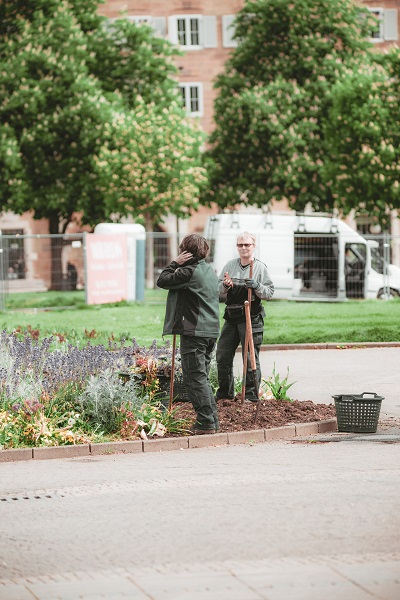
Therefore, when buying a weeding tool, ensure you get the right wedding tool designed to remove the kind of weeds growing around your flower beds.
Though weeding tools are effective for getting rid of weeds, be careful not to get rid of the good plants with the unwanted plants while weeding. That can happen if you do not carry out the task with caution.
Endeavor to use your weeding tool to get rid of the weeds immediately after you start noticing them. After weeding, you might want to add a layer of mulch. That will help prevent new weeds from sprouting. Try to do this because weeding usually leaves out open spaces, creating a space for weed seeds to germinate.
Short-handled weeding tools are also efficient for weed removal in flower beds. They give you better control while weeding, but they are more efficient for a small garden. It is stressful and time-consuming to use short weeders for a large garden. Your back or hand may even feel hurt.
Hoeing
When the weeds have grown, you could use the help of a long traditional hoe to hoe the weeds down. You can hoe in the morning when the soil is dry or on a sunny day. The hoe is simple to use.
You grab the hoe by the handle, angle the hoe so that the blade slides underneath the soil. Use a sharp hoe for your weeding tasks every two weeks, depending on the growth.
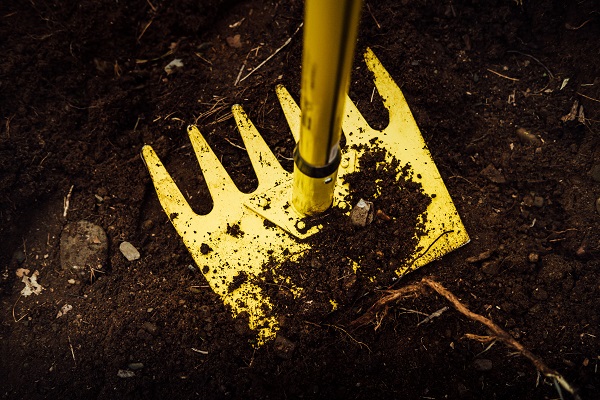
Cut off their heads
If the weeding part of gardening is too much of a hassle for you, you can at least cut off the heads before they blossom. Neglecting weeds in your flower beds is not an option. The roots will weaken to death after two or three times chopping the tops of the weeds. And some weeds will never reappear in your flower beds after you cut their tops.
Applying weed killer
Another method to get rid of weeds in flower beds is to use weed killer. Though weed killers are very effective for removing weeds, consider the downsides before making a decision.
Weed killers can destroy the good plants with the weeds if you don’t apply them appropriately. Besides, herbicide poses health and environmental threats. But when it comes to the rapid killing of weeds in a large area with less stress and in a short time, consider a weed killer.
We recommend Roundup Ready-To-Use Weed & Grass Killer. It is efficient for getting rid of the toughest weeds and grasses to the root. It goes straight down to the root of the weed after application.
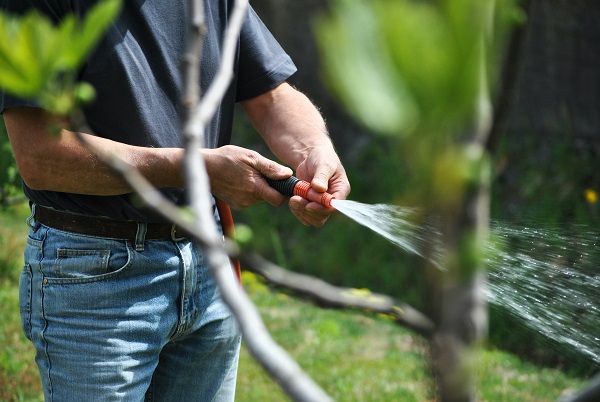
It does not require mixing with water. It is rainproof for 10 minutes. It is ideal for use in and around flower beds, vegetable gardens, tree rings, and mulched beds. You can also apply it on cracks, driveways, and patios.
How to use weed killer to kill weeds without flowers
- Control the spray to contact just the weeds and not the good plants.
- Spray when the air is calm to avoid spray drift.
- Cover the desirable plants with cardboard or plastic to prevent the spray from touching the desirable plants
- If the weed killer accidentally touches the good plants, wash away with water immediately.
Ways to Prevent Weeds in Flower Beds After Removing Them
Mulching
Mulching is the process of covering the soil or bare ground between plants with natural mulches (straws, leaves, compost, and dead leaves) or synthetic materials.
Mulching helps prevent seed germination, prevents growth underneath the mulch, and conserves moisture. Mulching your flower beds provides a barrier for weed seeds to receive sunlight. Photosynthesis cannot occur in the absence of light.

Asides from preventing weed growth, mulching can also offer nutrients. That’s because the organic or inorganic materials decompose over time. Mulching can also help moderate soil temperatures. After getting rid of the weeds, mulch your flower beds for weed control.
Tips to mulch over flower beds
- Instead of using materials like straw, leaves to mulch your flower beds, you can also use synthetic materials such as black plastic and weed fabric.
- Cover the soil or ground between the flower beds and along rows with the mulches and stop the growth of the weeds.
- Let the mulch be 3 to 4 inches thick.
- Remove deeply rooted weeds before mulching. That’s because largely rooted weeds cannot be removed by deep much. They will reappear again until their taproot is phased-out.
- Try not to disturb the mulch. Doing this can cause the seeds lying dormant on the surface to find a home eventually. That is the reason some gardeners deem mulching as not efficient. But it is not mulching that is ineffective. The Gardner makes it inefficient by stirring the mulching through raking or turning. Therefore, keep the mulch intact to prevent the weed seeds from finding a home underneath the soil.
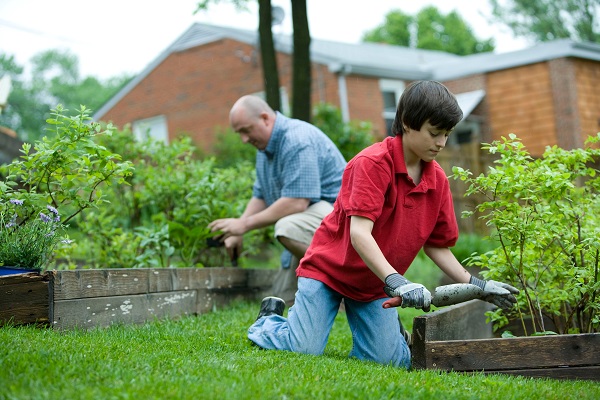
- If you want to freshen up the mulch, freshen it up by laying a new layer of mulch every two to three months when mulch looks faded. This also helps provide extra thickness to keep weed seeds at bay.
- Keep the mulch a few inches away from the stem of your flower beds to prevent rot and insect infestations.
- Take a step further, and install a header around the boundary of the flower beds. This will help keep the mulch intact when it rains and prevent grasses from the lawn from creeping into the flower garden.
- Mulching is best applicable after removing the unwanted plants. There is not much gain mulching over existing weeds. Remove the weeds first, then mulch the flowering plants. That will help stop new weeds from growing.
Plant more flower beds
Instead of mulching, you can fill your garden with more flower beds. Fill up the spaces with more flower beds. The logic in this is that weeds take advantage of the wide-open spaces between your flower beds to grow.
If you can fill the open spaces with more flower beds, you have less concern about weeds growth. The more you fill the flower beds with plants, the less the chance of weeds growth. Besides, dense plantings help to retain moisture, as a result, reduce the amount of watering. You can grow both annuals and perennials to prevent weed growth.
Conclusion
There are different ways to get rid of weeds in flower beds. You can do it the old-fashioned way by using your gloved hands to remove small weeds. Hoeing the weeds is also an efficient method of weed removal in flower beds. You can as well use weeding tools like winged weeder or stand-up weeder. Weed killers, too, are great to get rid of weeds if you apply them appropriately. They are fast and effective. After clearing the weeds, mulch the flower beds to prevent new weed seeds from sprouting. Filling open spaces with annuals and perennials too can also help prevent weed growth. Keeping weeds away from your flower beds is vital to keep your beds beautiful and healthy always.
